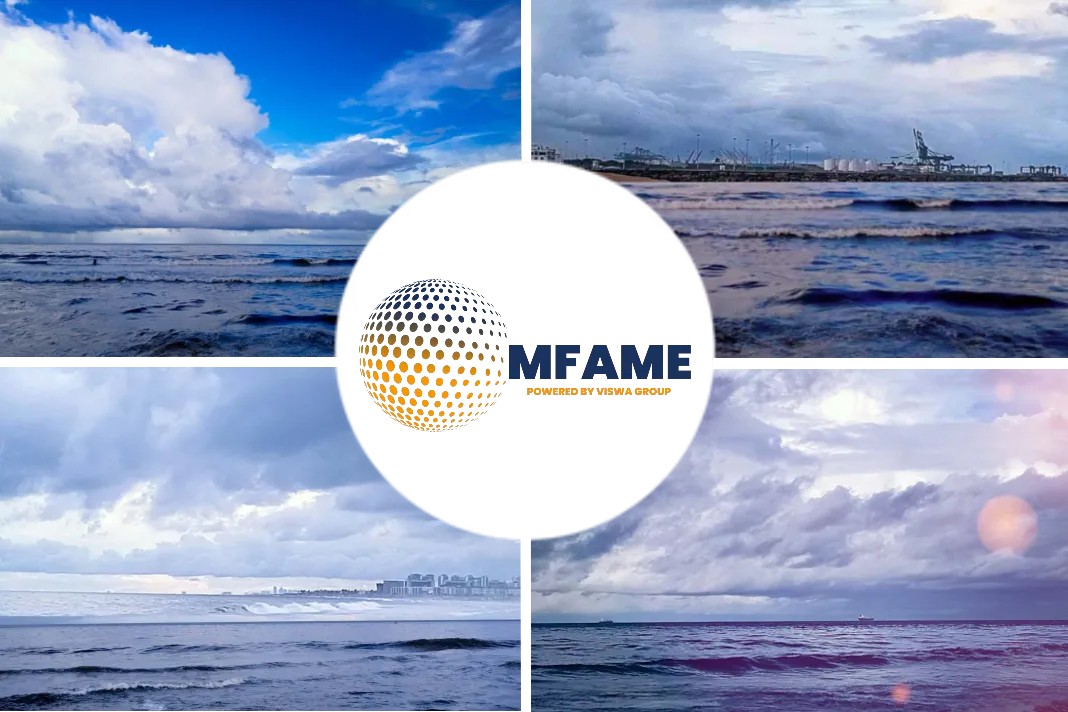
MPAs are legally protected ocean sites intended to protect marine life such as fish, whales and seabirds as well as ocean features like underwater mountains and hydrothermal vents.
Proposed Restrictions
Proposed new protection standards for federal marine protected areas won’t do enough to shield those sites from ship waste, including sewage and waste water from fuel scrubbers, an environmental group maintains. The proposed restrictions, now under discussion by Transport Canada, would be mandatory only in Canada’s territorial sea – up to 12 nautical miles from shore. That would leave large swaths of MPAs exposed to ship waste if operators didn’t voluntarily comply, says WWF Canada. “About 75 per cent of the total protected area in Canada’s maritime territory sits outside of that 12-nautical-mile zone,” Sam Davin, a marine conservation and shipping specialist at WWF Canada, said in an interview.
Ottawa, however, says its options are limited, because of international law that gives coastal states limited authority to regulate activities of foreign vessels beyond the 12-mile zone. Fisheries Minister Joyce Murray and Environment Minister Steven Guilbeault announced the 2023 Marine Protected Area Protection Standard in February during an international marine conference. One of several federal measures unveiled during that event, the MPA standard – along with new MPAs – is part of Ottawa’s plan to conserve 30 percent of the country’s oceans by 2030.
A Positive Step
WWF Canada sees that development as a positive step, but is pushing for such controls to extend beyond the 12-mile boundary. A 2022 WWF Canada report estimated that ships are dumping billions of liters of waste each year into protected areas, including the Scott Islands marine National Wildlife Area off the north coast of Vancouver Island. WWF Canada would like to see the federal government look at ways to extend its reach past the 12-nautical-mile zone further into its exclusive economic zone (EEZ), which extends from the territorial sea limit to a maximum of 200 nautical miles. “Although the EEZ falls under the exclusive legislative authority of the country to which it belongs for purposes of trade and security, when it comes to regulations for the prevention, reduction and control of pollution from vessels…” Sau Sau Liu, a spokesperson with Transport Canada, said in an email.
“You don’t need everybody to refuse the voluntary restrictions for it to collapse – you just need a small fraction,” Dr. Sumaila said. “When it’s voluntary, there’s always the chance that it is going to be abused.” Globally, ocean conservation got a boost with a recent United Nations treaty that allows for the creation of MPAs on the high seas – those parts of the ocean beyond any country’s territorial jurisdiction.
Did you subscribe to our newsletter?
It’s free! Click here to subscribe!
Source: Theglobeandmail





















